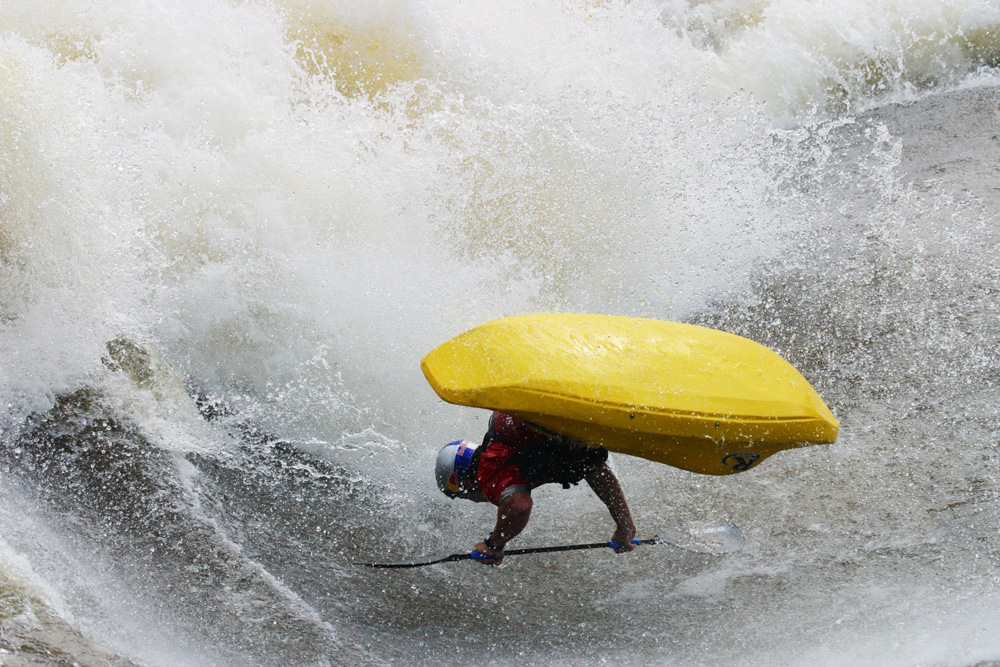I have been designing kayaks and accessories of all kinds since 2003. Initially as Riot kayaks’ industrial designer, then freelance after I left the company in 2010. What draws me back to kayak design is of course the styling aspect but also the technical side of the program and the challenges created by the need to combine all these aspects together: ergonomics, seaworthiness, performance and of course, styling.

A kayak is also an amalgamate of parts produced in various materials, each with their own processes and requirements. High-precision injection-molded plastic fittings and elastomeric parts must fit and seal rotomolded and composite shells equally well, vacuum-formed seating components must be forced through the cockpit and properly recover their shape to perform their task of providing comfort while structuring the hull, etc. There is so much more to it than meets the eye.

The modeling of the shell is always a great pleasure to work on, bringing its own set of challenges from streamlining and blending shapes to integrating functional elements so they perform the intended task without hurting the overall look and feel.

Through the years I have developed a unique workflow to address the various aspects of such projects in measurable and verifiable ways, ensuring the performances and safety requirements are met without the need for costly prototyping iterations.

I occasionally work on small motor vessels as well, such as the redesign of this 24-foot commercial rigid inflatable for aluminum construction, and a range of low-draft runabouts designed specifically for low water use, such as the Lachine Rapids, in Montreal.




Design by Normand Bachand